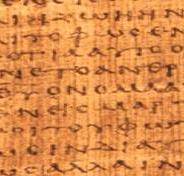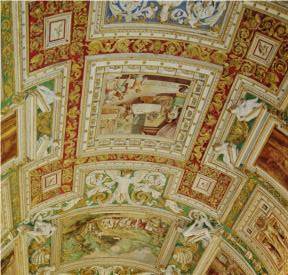 “Why would twenty-first century Christians—who can read the Bible for themselves and attend Bible-believing churches—need to study Church History?”
“Why would twenty-first century Christians—who can read the Bible for themselves and attend Bible-believing churches—need to study Church History?”
7. Learning church history will complete a balanced faith.
When I was a kid, throwing together what experts described as a healthy meal was easy. We had it down to the four food groups: grains, meats, dairy, and fruits & vegetables. We knew that to have a balanced diet, we should never have too much of one group . . . or too little of another. If we turned our noses up at our turnip greens, mommy could always point at the fourth food group as a model of balance. We knew that balance was the key—a balance achieved through moderation and variety.
The same is true of the Christian faith. Believe it or not, a believer can overdose on just one aspect of an otherwise well-balanced Christianity. Too much Bible study alone can lead to an over-confidence in one’s own personal reading and a head of Bible trivia that fails to move from the head . . . to the heart . . . to the hands. Too much academic theology can produce a dogmatic know-it-all with a lot of passion but no compassion. Too much exposure to practical how-to manuals for the Christian life can create shallow pragmatists who wave to and fro with every wind of doctrine or latest idiosyncratic interpretation of Scripture. These disciplines—each one good and necessary—all need to be pursued together without embracing one and neglecting the others.
However, the three food groups described above—Scripture, theology, and practical living—aren’t enough. To keep even these things in proper balance, believers need historical perspective. Knowing the history of interpretation will help us balance our own personal reading. Grasping the history of doctrinal development, controversy, and consensus will balance our own doctrinal confession. And learning how believers of the past lived their faith in a variety of unique cultural contexts can inform us as we try to live our Christian lives in the twenty-first century.
Like a four-legged table, a complete and balanced faith must draw on biblical, theological, practical, and historical sources. These stabilizing elements of Christian knowledge and wisdom must be applied with moderation and variety—neither overindulging in one or two, nor neglecting the precious input of another. However, because evangelicals have often forsaken their history and forgotten wisdom from the past, their table has become wobbly, lopsided, and easily turned. We need to labor hard to restore the insights of history to balance the Christian faith.




